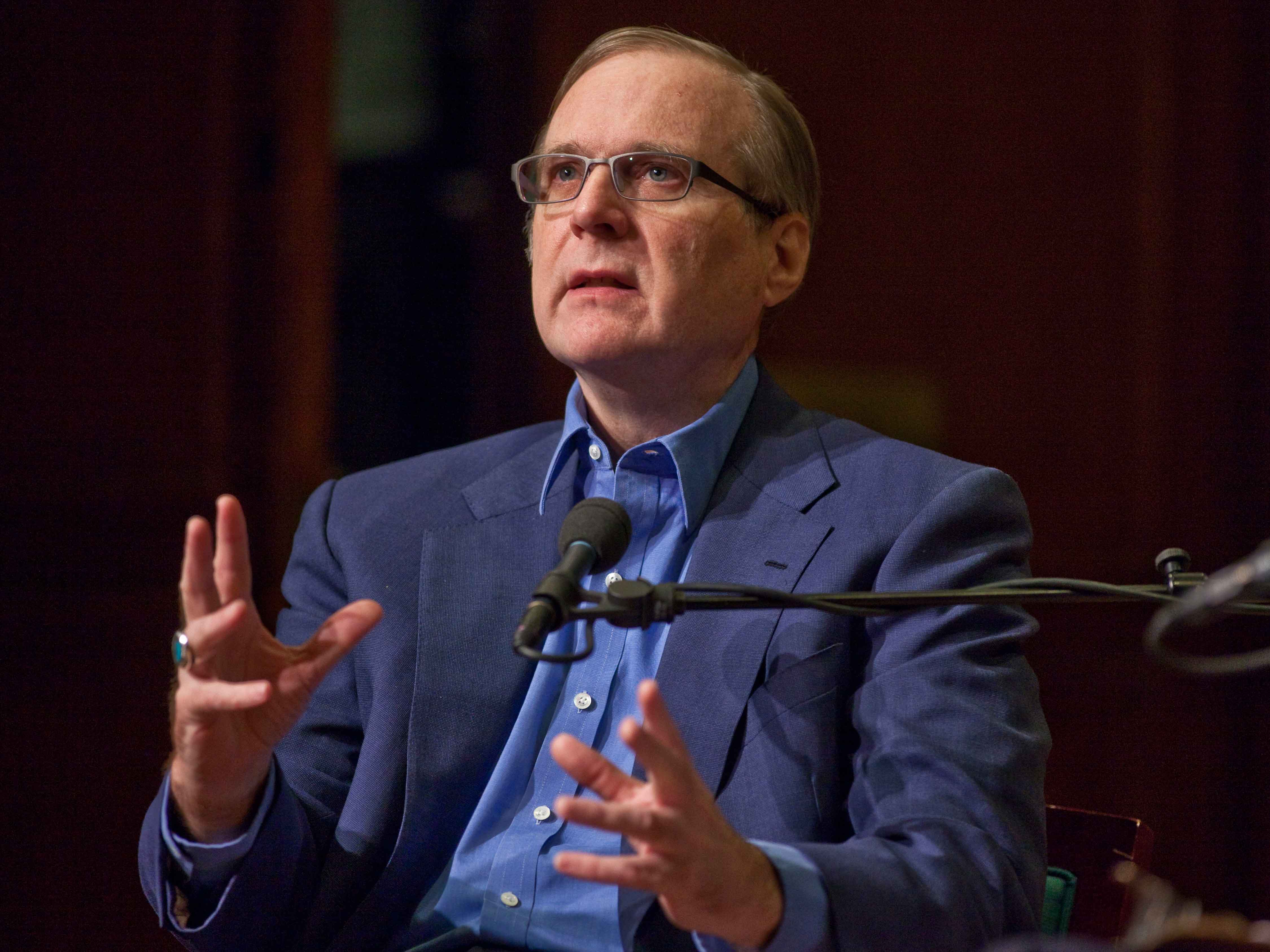The life of Microsoft co-founder Paul Allen
Microsoft co-founder Paul Allen has died aged 65. He was a celebrated figure in the technology sector, both for his programming nous and his remarkable philanthropy

Paul Allen speaks during an event at the 92nd Street Y in New York. Allen co-founded Microsoft alongside Bill Gates in 1971
“If it has the potential to do good, then we should do it.” From neurological research and climate-change initiatives to the transformation of Seattle’s cultural scene, Paul Allen left no stone unturned in his mission to make the world a better place.
The philanthropist and co-founder of Microsoft passed away on October 15 aged 65, due to complications from Non-Hodgkin lymphoma.
Bill Gates, his former business partner and long-time friend, said in a statement: “Paul loved life and those around him, and we all cherished him in return. He deserved much more time, but his contributions to the world of technology and philanthropy will live on for generations to come.”
Gates added: “I will miss him tremendously.”
Allen’s role in Microsoft has often been overshadowed by that of his former business partner, due to Gates’ bullish and somewhat aggressive business approach
Allen met Gates at the private Lakeside School in Seattle, where they immediately bonded over their love of technology. After graduating from high school, Allen attended Washington State University, but dropped out after two years and joined Boston computing firm Honeywell, where he worked as a programmer.
After seeing an early personal computer on the cover of Popular Electronics magazine, Allen convinced Gates to drop out of Harvard University, where he was studying at the time, to develop an operating system with him. The two travelled to Albuquerque, New Mexico, where they founded Microsoft in 1975.
The company’s first product was a computer language, MS-Basic, designed to suit the under-developed personal computers of the time. The duo had a little success selling MS-Basic to hobbyists, but their big break came in 1980 when IBM announced that it was moving into the personal computer sector. The firm approached Microsoft to design the operating system.
Gates and Allen spent $50,000 buying a system called QDOS from a start-up in Seattle, then modified it to fit IBM’s hardware. It was a resounding triumph, and catapulted the company into the technological spotlight.
Microsoft’s two most famous products, Word and Windows, were released in 1983. Allen left the company that same year as he was diagnosed with Hodgkin’s disease. However, by that time he was to be forever ingrained in technological history: by 1991, the Microsoft operating system he had helped to design was present in 93 percent of personal computers worldwide.
Allen’s role in Microsoft has often been overshadowed by that of his former business partner, due to Gates’ bullish and somewhat aggressive business approach. When the company was founded, Allen accepted a 40 percent share in comparison to Gates’ 60 percent. Allen’s share was later reduced to 36 percent.
Despite this, it would be hard to describe him as hard done by. Wired magazine called him the “accidental zillionaire”, while Bloomberg estimated his net worth to be $26.1bn at the time of his death.
Allen’s exit from Microsoft gave him the freedom to pursue myriad philanthropic projects through his firm Vulcan, which he founded in 1986. Over the following years, he gave more than $2bn to various education, science, technology, environmental conservation and community projects. These included the foundation of the Allen Institute for Brain Science in 2003, and the Allen Institute for Artificial Intelligence in 2014. He also assisted with the revitalisation of several of Seattle’s cultural institutions.
Allen had a keen interest in aerospace research, funding designer Burt Rutan’s SpaceShipOne, which in 2004 became the first privately manned craft to reach space.
Gates described Allen’s philanthropy as a “second act” after his exit from Microsoft. He praised his friend’s “focus on improving people’s lives and strengthening communities in Seattle and around the world”.
Microsoft’s current chief executive Satya Nadella said in a statement: “In his own quiet and persistent way, he created magical products, experiences and institutions, and in doing so, he changed the world.”













